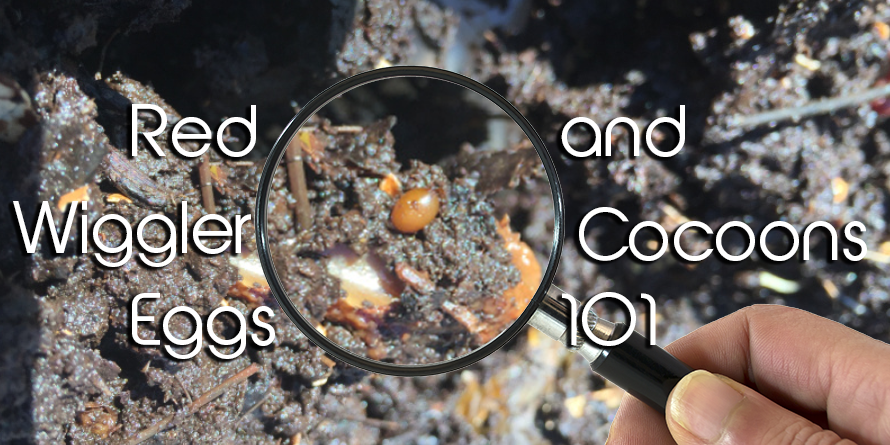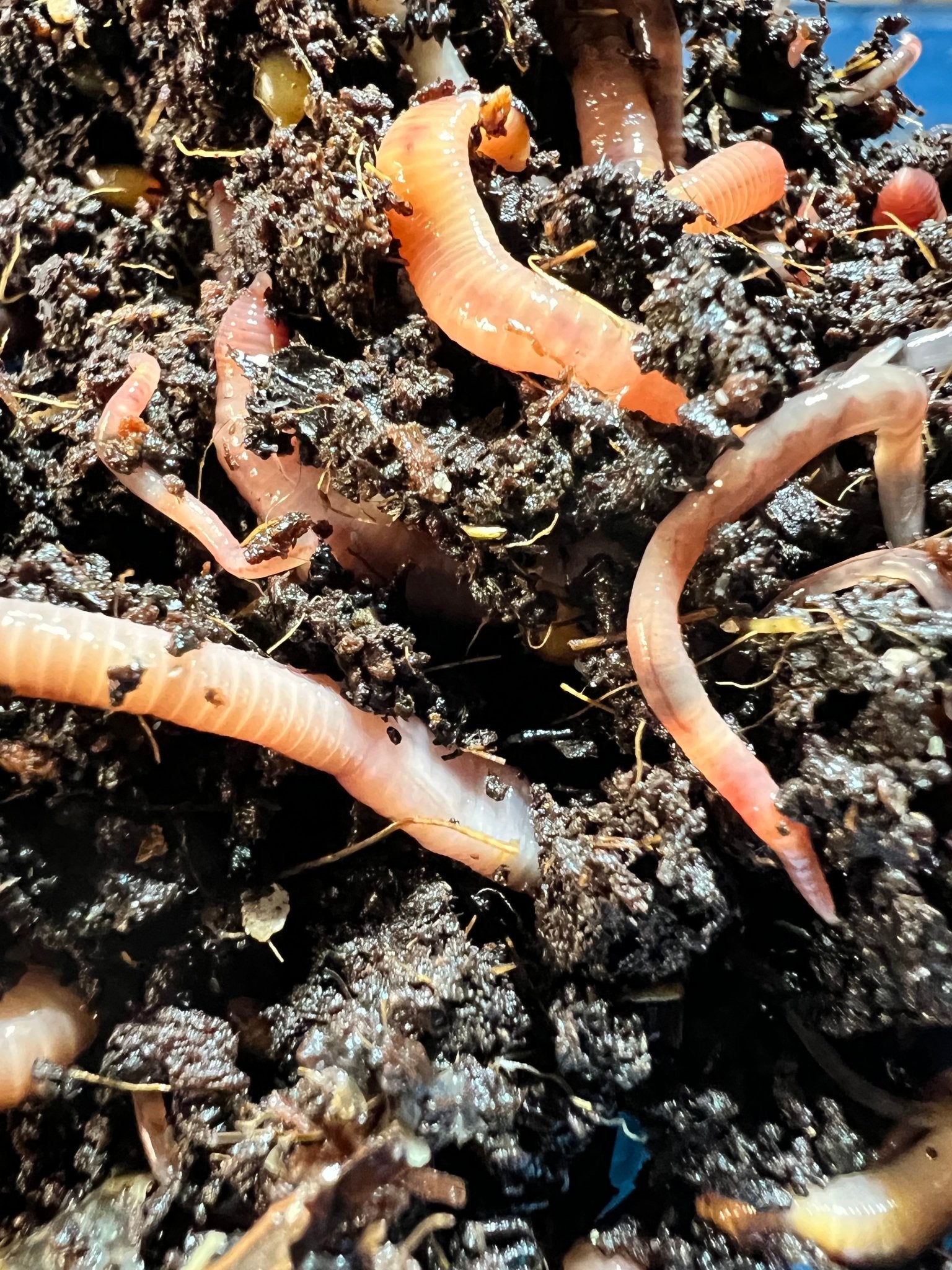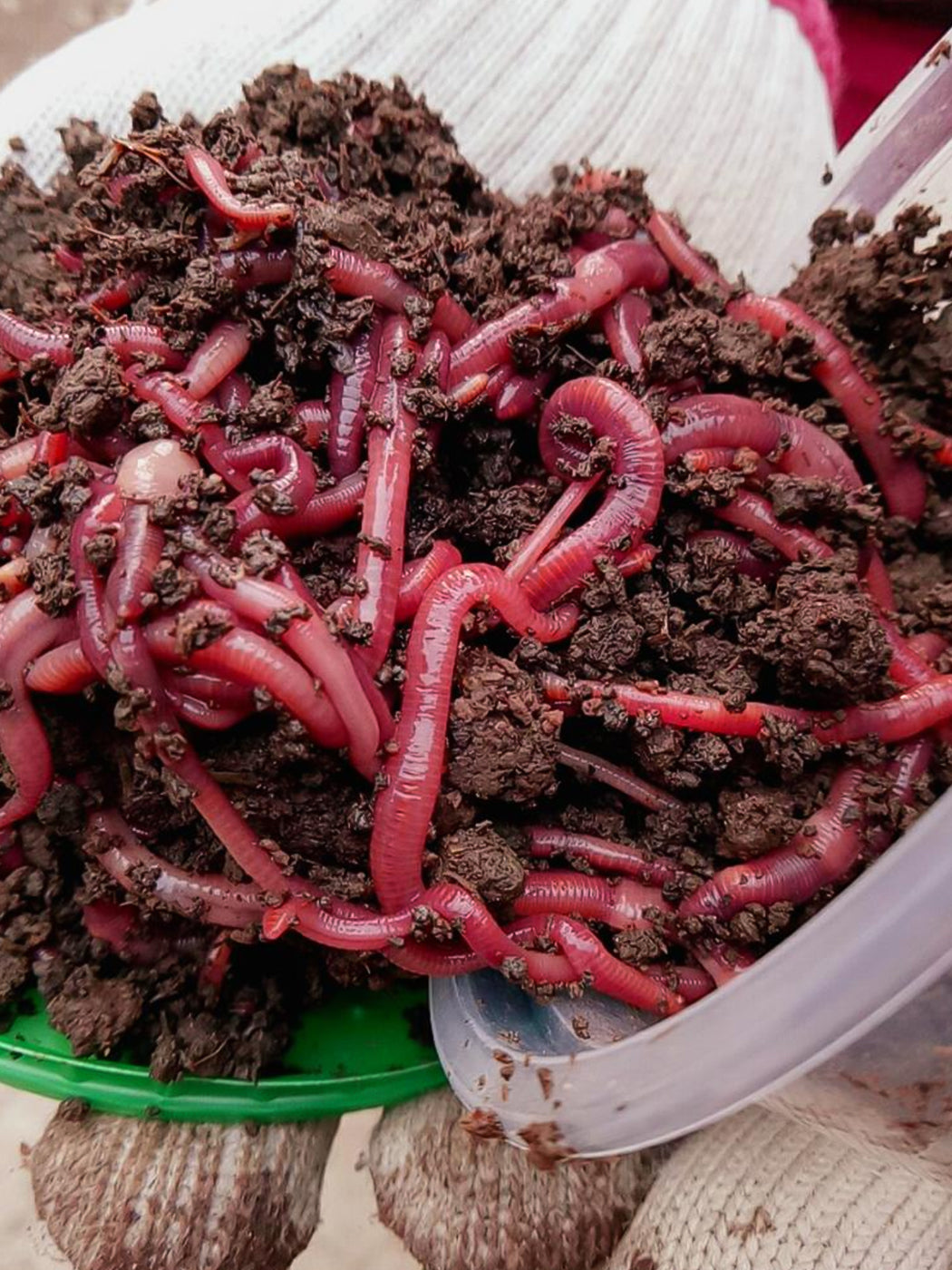Discover Lake Hickory Bait: Quality Supplies for Every Fishing Trip
Wiki Article
Unlock the Keys of Red Wigglers: Your Guide to Composting Success
The integration of red wigglers right into composting practices presents a significant opportunity for improving dirt health and wellness and promoting sustainability. These organisms are not simply reliable recyclers of organic waste; they use a myriad of benefits that can transform yard administration. Comprehending their requirements and habits is vital for optimizing their possibility, from establishing up a suitable worm container to feeding them the best products. As we check out the essential components of successful vermicomposting, one may question just how these small creatures can result in a much more vibrant and productive yard environment.
What Are Red Wigglers?
(Lake Rhodhiss Bait)Red wigglers, clinically called Eisenia fetida, are a types of earthworm mainly used in composting as a result of their impressive capacity to decompose raw material efficiently. These worms are characterized by their reddish-brown coloration and a fractional body, typically measuring between 3 to 4 inches in length. Unlike various other earthworm species, red wigglers prosper in rich, organic settings, making them optimal for vermicomposting systems.Belonging To North America, they are frequently discovered in rotting fallen leaves and compost heap, where they play a critical duty in nutrient recycling. Their adjustment to living in a wet, cardiovascular setting allows them to consume huge amounts of natural waste, simplifying into nutrient-rich castings that improve dirt wellness.
Red wigglers replicate quickly, with a solitary worm with the ability of creating numerous cocoons each week, each containing numerous hatchlings. This quick reproduction rate adds to their performance in composting operations. They like temperature levels in between 60 ° F and 80 ° F, and their activity degree increases significantly within this array, additional aiding in the decomposition process. Recognizing the biology and actions of red wigglers is essential for optimizing their possibility in composting applications.
Advantages of Using Red Wigglers
Harnessing the power of red wigglers in composting uses numerous benefits that enhance dirt wellness and advertise lasting waste monitoring. These amazing microorganisms efficiently break down raw material, changing kitchen scraps and lawn waste into nutrient-rich vermicompost. This finished product is extremely beneficial for plant growth, as it boosts dirt framework, enhances wetness retention, and enhances nutrition schedule.
(Red Wiggler Express)Furthermore, the presence of red wigglers in your composting system can speed up the composting procedure, generating top quality compost in a portion of the moment contrasted to conventional approaches. The castings created by these worms are additionally including valuable bacteria that even more improve the dirt ecosystem.
Establishing Your Worm Bin
Creating a reliable worm container is a straightforward procedure that can dramatically improve your composting efforts. The primary step is selecting an appropriate container. Worm bins can be made from plastic storage space bins, wooden boxes, or readily offered worm containers. Make sure the bin has adequate drainage and air flow openings to maintain optimal wetness levels and air movement.Following, prepare the bedding material, which offers as the worms' environment. A mix of shredded paper, cardboard, and coconut coir functions well, providing a comfortable setting for the worms.

Feeding Your Red Wigglers
To make sure the health and productivity of your red wigglers, it is vital to give them with a well balanced diet regimen that meets their dietary demands. Red wigglers flourish on a diverse array of organic materials, which not only provide needed nutrients but likewise promote efficient composting.Beginning by incorporating kitchen area scraps such as vegetable peels, fruit cores, and coffee grounds. Avoid citrus fruits, onions, and garlic, as these can be destructive to worm wellness. In addition, present shredded paper, cardboard, and completely dry leaves to develop a well-aerated atmosphere.
Feeding regularity need to be monitored; usually, worms can consume half their body weight in food weekly. It is crucial to prevent overfeeding, as excess food can result in unpleasant smells and bring in parasites. An excellent practice is to include food in tiny amounts, enabling worms to refine it before introducing a lot more.
Preserving dampness degrees is also vital; the bed linen needs to be moist yet not soggy. Be sure to frequently check the temperature and pH degrees of the bin to make sure an optimal environment for your red wigglers, ultimately enhancing their composting efficiency.
Harvesting and Utilizing Garden Compost
An effective composting process with red he has a good point wigglers culminates in the abundant, dark compost called vermicompost, which can significantly boost soil wellness and plant development. Gathering this nutrient-dense material generally occurs every three to six months, depending on the size of your system and the amount of raw material being refined.
To gather, gently separate the garden compost from the worms and any type of undecomposed products. One reliable method includes relocating the components of the container to one side and including fresh bed linens and food to the void, encouraging the worms to migrate. After a couple of days, the compost can be accumulated from the contrary side.
It is necessary to use vermicompost correctly to maximize its advantages. By integrating vermicompost into your gardening program, you not just recycle organic waste however also develop a thriving ecological community that supports lasting horticulture practices.
Final Thought
In summary, red wigglers serve as remarkable allies in composting efforts, transforming natural waste right into nutrient-rich vermicompost (Red Wiggler Express). Their special organic attributes and effective waste processing abilities add dramatically to sustainable gardening techniques. By recognizing the optimum problems for their habitat, feeding demands, and compost harvesting techniques, gardeners can improve dirt wellness and advertise plant vigor. Welcoming vermicomposting not only lowers land fill waste yet also cultivates a more ecologically accountable technique to horticulture and resource management.Report this wiki page